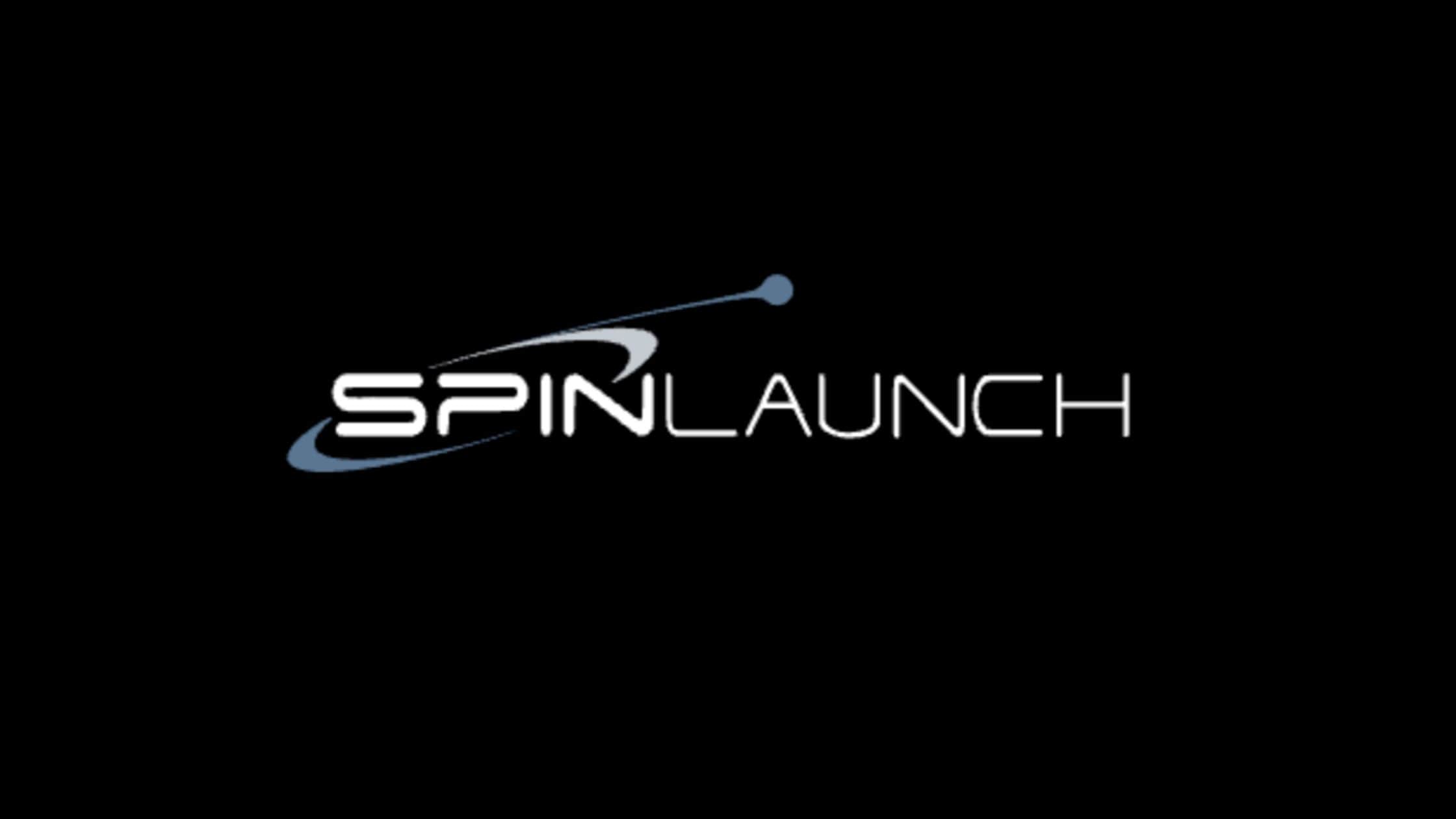Satellites have become increasingly essential for a wide variety of commercial activities. Although these space assets can provide considerable revenue and services, traditional space launch methods using rockets lifting off from Earth can be costly. Enter SpinLaunch, a cutting-edge company aiming to disrupt the space industry with its innovative approach to satellite launch technology. In essence they have built an electrically-powered centrifuge that spins up and throws a payload upward at high speed. That payload will eventually use small rockets to complete the trip to orbit.
In this article, we will explore SpinLaunch, its revolutionary concept, and its potential implications for the future of space exploration.
SpinLaunch is a California-based company founded in 2014 with a mission to develop a cost-effective and energy-efficient method for launching things into space. Traditional rocket launches rely on chemical propulsion systems that consume significant amounts of fuel and require substantial infrastructure. SpinLaunch aims to overcome these limitations by utilizing kinetic energy and centrifugal force. In essence they are removing most of the rocket science from the basic launch process.
How Does SpinLaunch Work?
At the heart of SpinLaunch’s technology is a unique concept that involves accelerating a small spacecraft within a vacuum chamber until it reaches hypersonic speeds. The spacecraft is then released into the atmosphere, where its momentum allows it to continue its ascent into space. This novel approach eliminates the need for traditional rocket designs laden with large amounts of fuel required to leave Earth. In so doing, this approach reduces launcher complexity – hence cost – and offers a much lower environmental impact. Their innovative approach and focus offer many benefits for the space industry, including:
- Cost Efficiency: One of the primary advantages of SpinLaunch’s technology is its potential to significantly reduce launch costs. The company aims to offer a more economical alternative to traditional space launches by eliminating the need for large amounts of rocket propellant. This cost efficiency opens doors for smaller companies and organizations that may have been deterred by the high expenses associated with satellite deployment.
- Environmental Sustainability: Traditional rocket launches emit substantial amounts of greenhouse gases that can contribute to Earth’s pollution problems. By minimizing the reliance on non-renewable resources and reducing emissions, SpinLaunch aligns with the growing focus on sustainable (greener) practices in various industries.
- Increased Launch Frequency: SpinLaunch’s innovative technology has the potential to increase launch frequency significantly. The company aims to achieve a launch frequency of up to once every hour, providing a rapid and efficient solution for deploying satellites into space. This increased frequency could revolutionize the space industry by enabling more agile operations and quicker response times for satellite deployment.
- Versatile Payload Capability: SpinLaunch’s system is designed to accommodate a range of payload sizes and types. This flexibility opens up possibilities for various applications, from launching small CubeSats to deploying larger satellites for Earth observation and communications services. The ability to accommodate diverse payloads positions SpinLaunch as a versatile solution provider in the satellite launch market.
Challenges and Future Prospects
While SpinLaunch’s concept is highly innovative, the company still faces several challenges as it works toward commercial viability. Overcoming technical hurdles, ensuring safety measures, and securing regulatory approvals are critical milestones that the company must address.
Looking ahead, SpinLaunch has garnered significant attention and funding from investors and partners. The company continues to refine its technology and plans to conduct further tests and demonstrations to validate its concept. In September 2022 SpinLaunch conducted a proof of concept demonstration that sent a test vehicle to an altitude of 25,000 ft. (7,620 meters). Use of the company’s 33-meter diameter Suborbital Accelerator at Spaceport America should allow the beginning of actual launches to orbit within 3 years – according to SpinLaunch public statements.
SpinLaunch’s groundbreaking approach to satellite launch technology can potentially revolutionize the space industry. Check out SpinLaunch’s fascinating innovations here!






